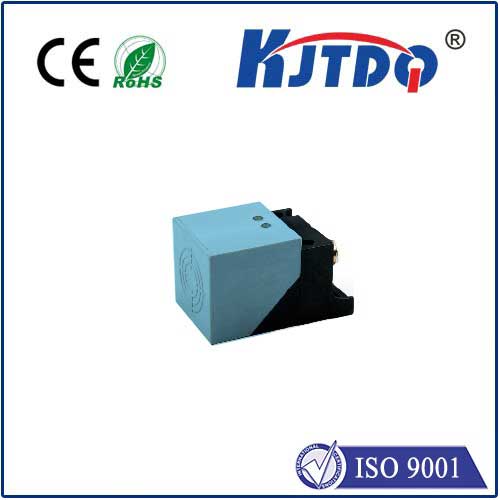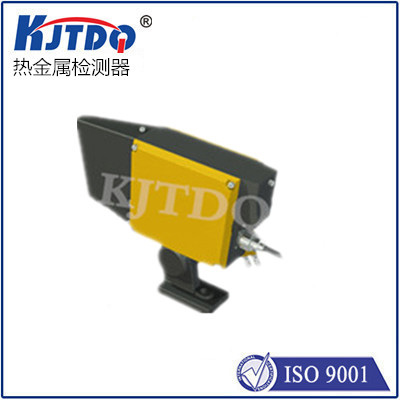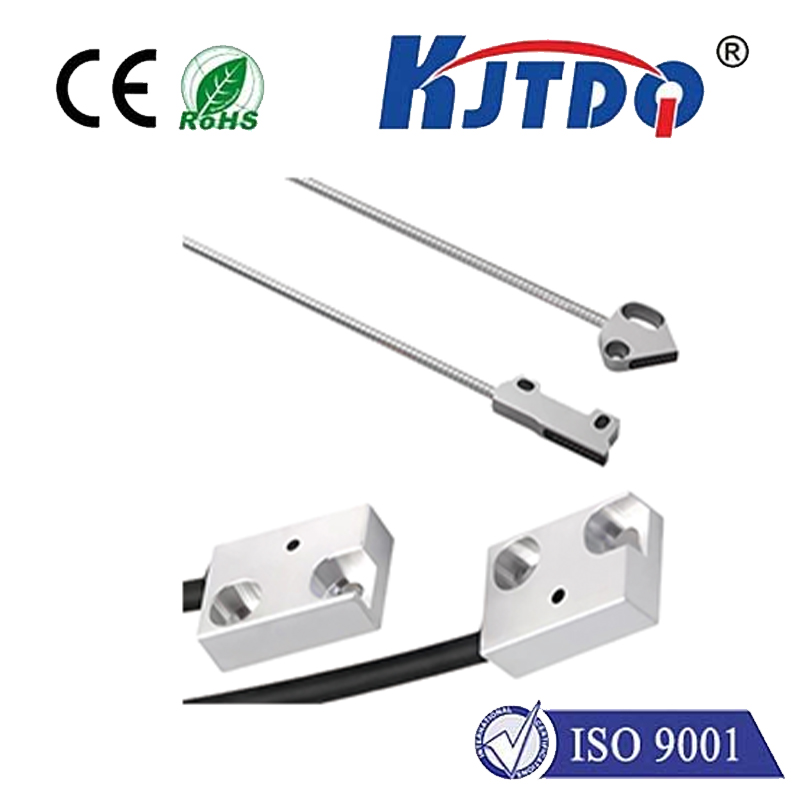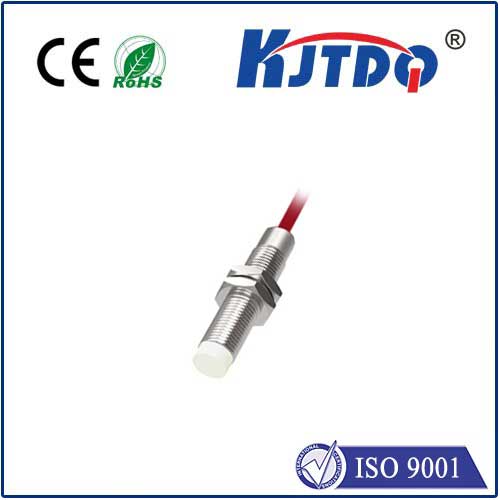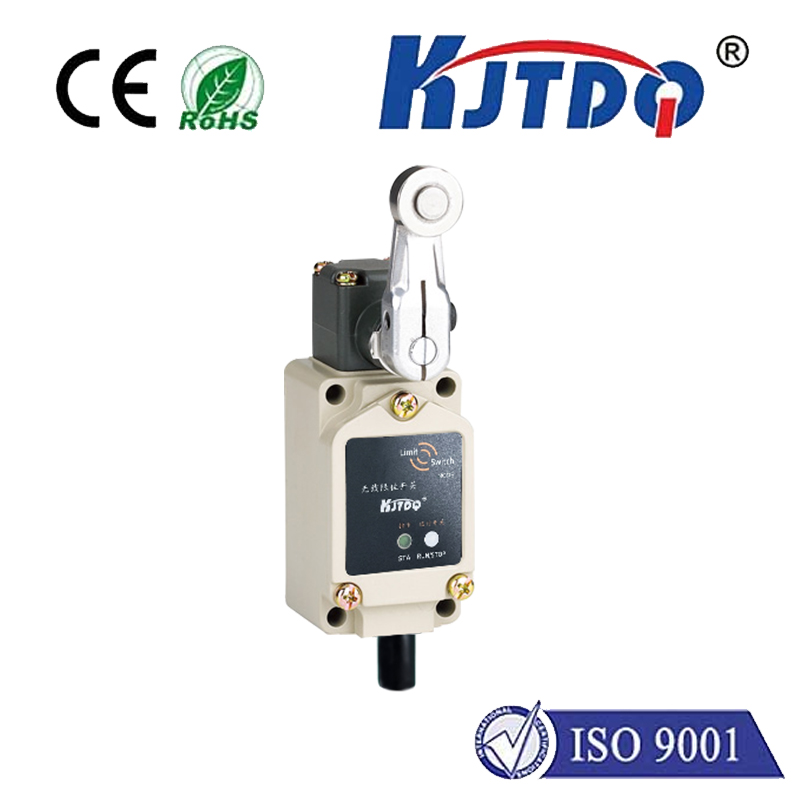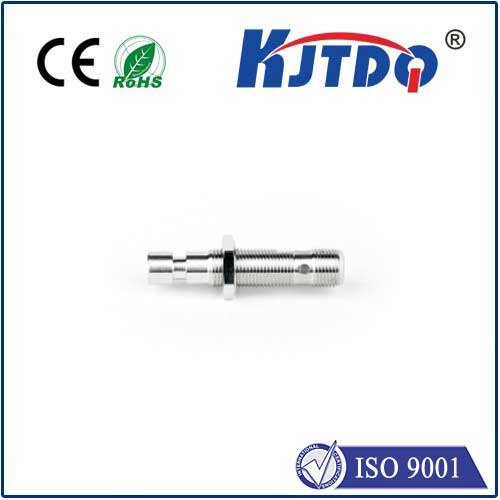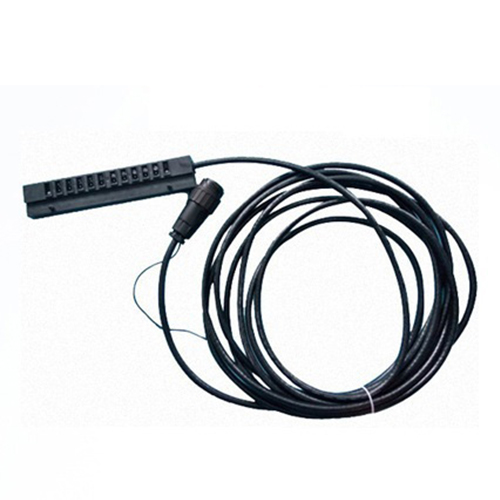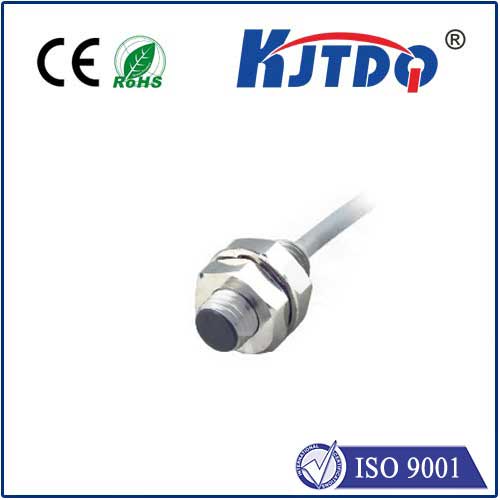

check

check

check

check

check

check

check

check

check

check
Limit switches are an essential component in many industrial applications, as they play a crucial role in controlling the movement of machinery and equipment. However, when it comes to complex operations, a single limit switch may not be sufficient to ensure accurate and reliable performance. This is where multiple limit switches come into play. In this article, we will explore what multiple limit switches are, how they work, and their benefits in various industries.
What are Multiple Limit Switches?
Multiple limit switches, as the name suggests, consist of more than one limit switch that is used to monitor and control the position or movement of machinery. They are typically used in applications where precise positioning and speed control are critical to the overall performance of the system. These switches can be configured to work independently or together to provide redundancy and increased reliability.
How Do Multiple Limit Switches Work?
Multiple limit switches function by detecting the presence or absence of an object within a defined area. When the object reaches a specific point, the switch activates, sending a signal to the control system to initiate or terminate a particular action. In the case of multiple limit switches, each switch has a distinct purpose and is programmed to perform a specific function based on the position of the object.

Benefits of Multiple Limit Switches
The use of multiple limit switches offers several benefits over single limit switch systems. Some of these benefits include:
1. Increased Reliability: By using multiple limit switches, you can create a redundant system that ensures continued operation even if one of the switches fails. This improves the overall reliability of the system and reduces downtime due to equipment failure.
2. Greater Precision: Multiple limit switches allow for greater precision in controlling the movement of machinery. By monitoring the position of the object from multiple points, you can ensure that it remains within the desired range and adjust its speed accordingly.
3. Enhanced Safety: Multiple limit switches can also enhance safety by preventing accidents caused by equipment malfunctions. For example, if one switch fails to stop the machinery, another switch can still detect the object's presence and halt the equipment before it causes damage or injury.
Applications of Multiple Limit Switches
Multiple limit switches have numerous applications across various industries, including manufacturing, automotive, packaging, and material handling. They are commonly used in conveyor systems, robotic arms, elevators, and other automated machinery where precise control is essential for efficient operation.
Conclusion
In conclusion, multiple limit switches offer several advantages over traditional single limit switch systems, including increased reliability, greater precision, and enhanced safety. By utilizing these switches in your industrial applications, you can ensure optimal performance and minimize the risk of equipment failure or accidents. As technology continues to advance, we can expect further innovations in the field of limit switches that will lead to even more efficient and reliable systems in the future.
